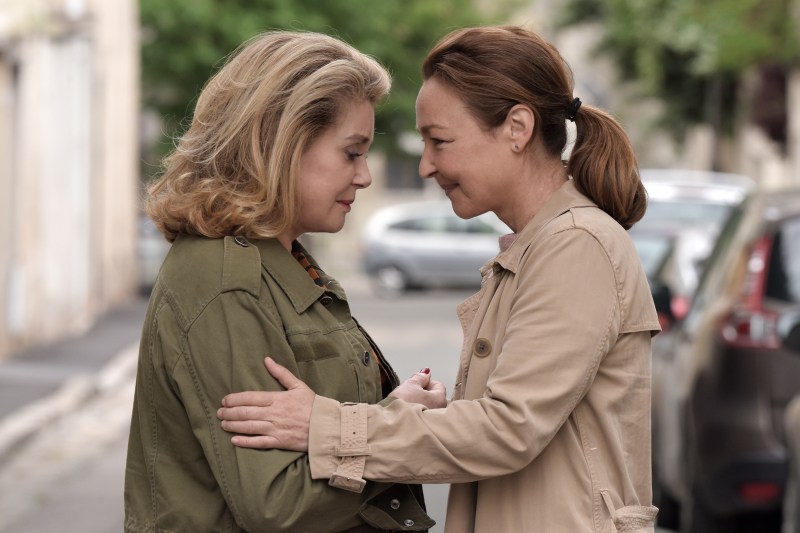
The French title “Sage Femme” means, word for word, “wise woman,” as the movie “The Midwife,” dedicated to 49 year-old Yvonne André, brings to life the profession overlooked by newly developed technology. Through the portrayal of Claire Breton (Catherine Frot), a hospital midwife who works the graveyard shift, “The Midwife” explores the dynamics of not only the responsibilities but also the capacity for sympathy that come with being a midwife.
On top of facing challenging situations at work, whether it’s an abused African mother or a premature baby, Claire also single-handedly raises her only son, Simon. While working through midnight until sunrise at the hospital for €2500 a month and tending to her own garden during the day, Claire must deal with the shutdown of her clinic due to unprofitable business.
Claire’s life is soon interrupted and her responsibilities mounted when she encounters a figure from the past in the form of the spontaneous and free-spirited Béatrice (Catherine Deneuve). Béatrice, the widow of Claire’s Olympic swimmer father, forgoes healthier habits to eat red meat, drink wine, smoke and gamble. However, as the two grow closer, they begin to discover that each other’s flaws may not be as bad as they appear to be.
The film doesn’t steer away from clichés in the subplots: Claire’s son, Simon, decides to drop out of medical school to follow his mother’s footsteps and become a midwife; Claire herself loses her uptight attitude and decides to find a partner in truck driver Paul Baron; when an advanced modern hospital built with glass and steel offers Claire a job, she runs away, disgusted at the “money-hungry maniacs” who are stripping away the job title of “midwife” and naming them “birth technicians” instead.
César Award-winning director Martin Provost also can’t resist employing the familiar stereotypical character depictions: Claire, a principled single mother with immense self discipline; and Béatrice, a self-absorbed mistress widow who leads an unhealthy lifestyle and manipulates others to her benefit. However, Béatrice herself acts as a foil for Claire; it is only through Béatrice’s actions that Claire’s personality shines through. Despite being polar opposites, the two share traits of strength and independence as well as the ability to take care of themselves and bring joy to those around them.
Provost adds an extra layer to the film by including some beautiful shots of France and its Seine River. The lush greenery and peaceful atmosphere besides the river are present in several major scenes of the film.
The film also brings to life the characters and objects through long close-up shots with no dialogue, leaving it up to the audience to interpret the thoughts and emotions the film intends to convey. In fact, the movie even ends with one of these shots onto a piece of boat floating in the Seine River. Its meaning is left hanging in the air, but for those who take into account the circumstances that lead to the dramatic finish, it is stunningly clear (watch to find out!). The fates of both Claire and Béatrice are also left undiscussed, depriving the film of a Hollywood ending yet letting the story continue with the audience’s own imagination and speculation.
If you’re looking for a movie with complex plot development, moving emotional portrayal, stunning visual images and an overall great work featuring cinema legends, look no further — “The Midwife” is perfect for you.
Contact Emily Sun at sunemily.y ‘at’ gmail.com and Elicia Ye at eliciaye ‘at’ gmail.com.
